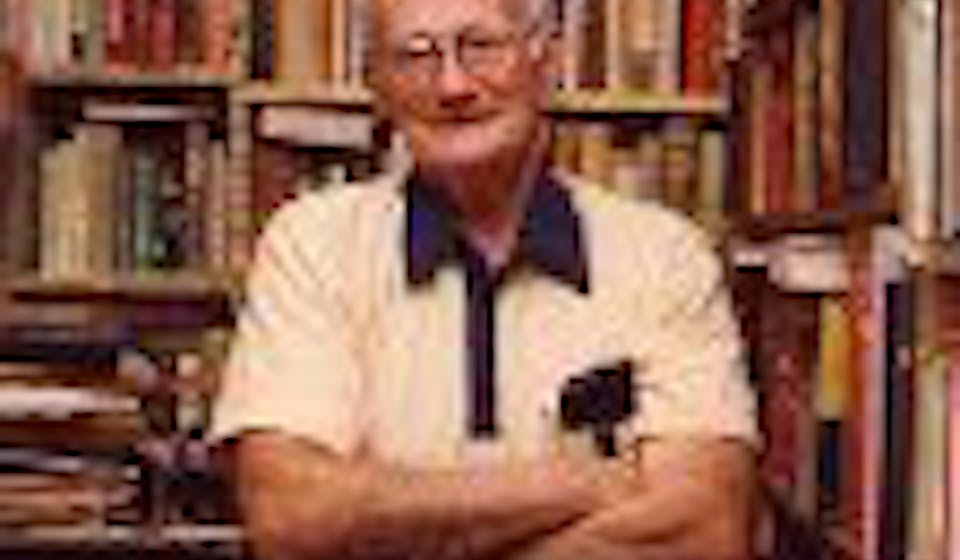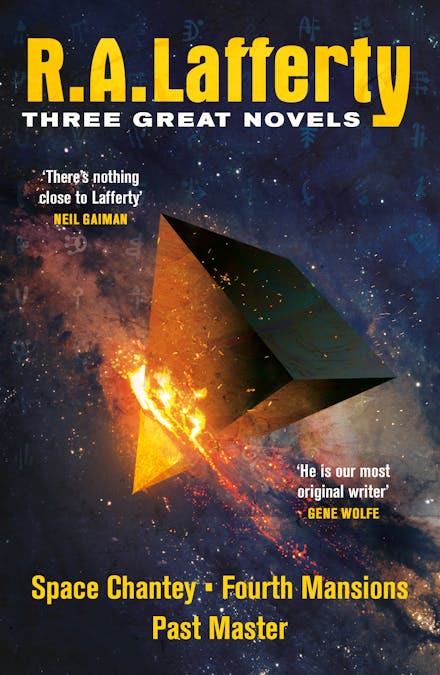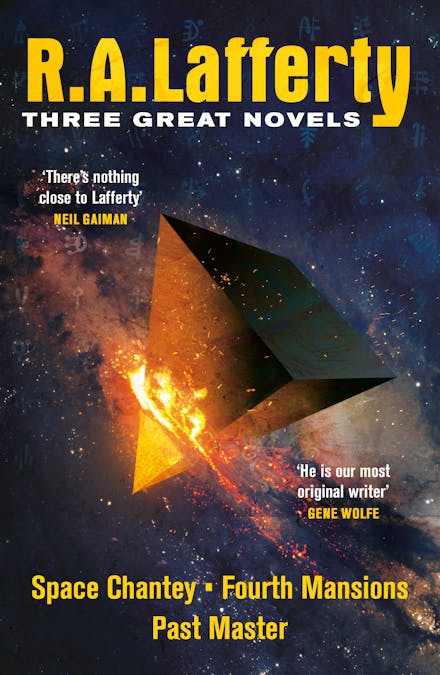Imprint
- Gollancz
- Gateway
R. A. Lafferty: Three Great Novels: Space Chantey, Fourth Mansions, Past Master
R. A. Lafferty
Science fiction
Three early masterpieces from one of science fiction's great stylists.
Acclaimed as one of the most original voices in modern literature, Raphael Aloysius Lafferty drew more from traditional oral storytelling techniques than from the usual pulp roots of SF. His inventive style and fondness for tall tales marked him out from his contemporaries, and writers of the calibre of Harlan Ellison, Neil Gaiman and Gene Wolfe acknowledge him as a major influence and force in the field. His fiction has garnered numerous award wins and nominations and he has been given the prestigious SFWA Grand Master Award and the World Fantasy Award for Lifetime Achievement.
This volume contains three of his early novels: the Hugo- and Nebula-shortlisted Past Master, space opera re-telling of The Odyssey, Space Chantey, and Fourth Mansions, also shortlisted for the Nebula.
Praise for R. A. Lafferty: Three Great Novels: Space Chantey, Fourth Mansions, Past Master
-
There's nothing close to Lafferty - nobody with the gravitas about things that were light, and the antigravitas about important heavy things
-
R.A. Lafferty might just be the most important science-fiction writer you've never heard of - Guardian
-
Lafferty defies catergorization; his work is unlike anyone else's - Harlan Ellison

R. A. Lafferty
R. A. Lafferty (1914-2002)
Raphael Aloysius Lafferty was an American science fiction and fantasy writer born in Neola, Iowa. His first publication of genre interest was 'Day of the Glacier' with Science Fiction Stories in January 1960, although he continued to work in the electrical business until retiring to write full-time in 1970. Over the course of his writing career, Lafferty wrote thirty-two novels and more than two hundred short stories and he was known for his original use of language, metaphor and narrative structure.











































.png?auto=compress&w=150&h=60&fit=crop&fm=jpg)


.png?auto=compress&w=150&h=60&fit=crop&fm=jpg)

